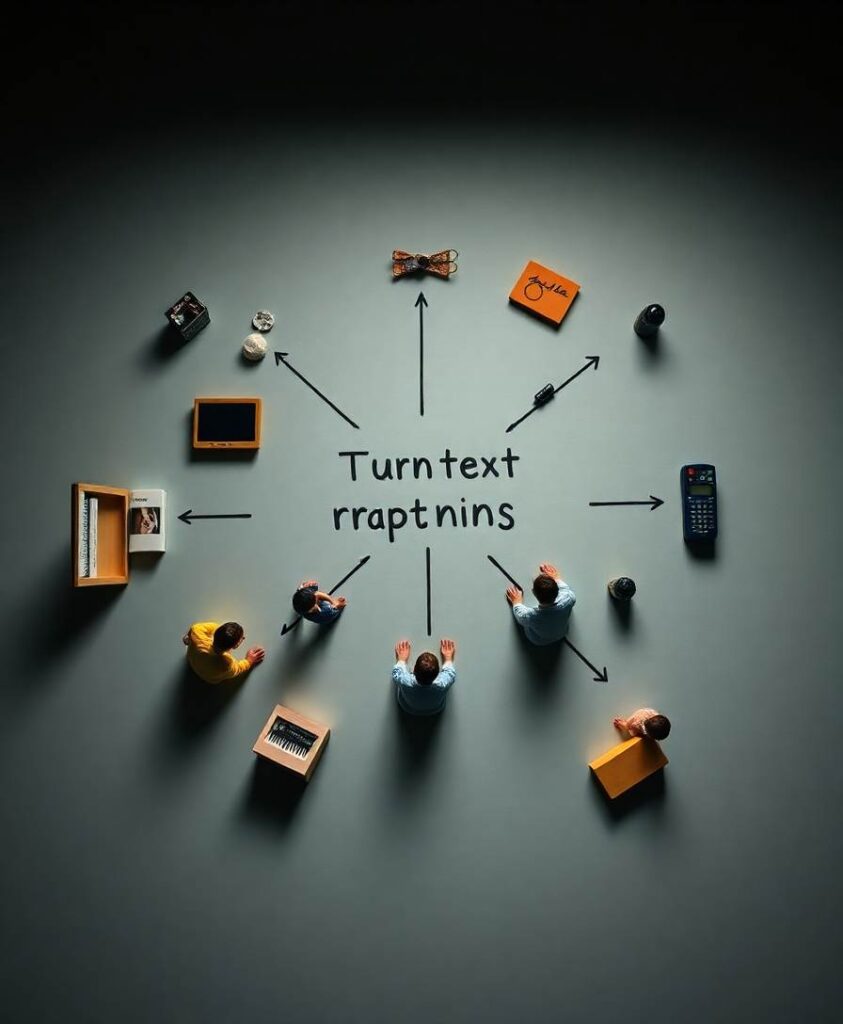Abstract
A key factor that affects whether and at what age children can demonstrate an understanding of false belief and complement-clause constructions is the type of task used (whether it is implicit/indirect or explicit/direct). In the current study, we investigate, in an implicit/indirect way, whether children understand that a story character’s belief can be true or false, and whether this understanding affects children’s choice of linguistic structure to describe the character’s belief or to explain the character’s belief-based action. We also measured children’s understanding of false belief in explicit false-belief tasks. English- and German-speaking young 4- and 5-year-olds as well as English- and German-speaking adult controls heard complement-clause constructions in a story context where the belief mentioned in the complement clause (e.g., “He thinks that she’s not feeling well”) turned out to be false, true, or was left open. After hearing the test question (“Why does he not play with her?”), all age groups were most likely to repeat the whole complement-clause construction when the belief turned out to be false. That is, they tended to explicitly refer to the character’s perspective and say “He thinks…” When the belief turned out to be true, participants often reverted to a simple clause (“She’s not feeling well”). Furthermore, children with better short-term memory were more likely to repeat the whole complement-clause construction. However, children’s performance in explicit false-belief tasks showed no relation to their performance in our novel, more implicit/indirect, task. Whether or not the complement clause was introduced by a that complementizer only had a small effect on the German adults’ responses, where leaving out the complementizer also changes the word order of the complement clause. Overall, our results suggest that task characteristics and individual differences in short-term memory affect children’s ability to demonstrate false-belief understanding and to express this understanding linguistically.



